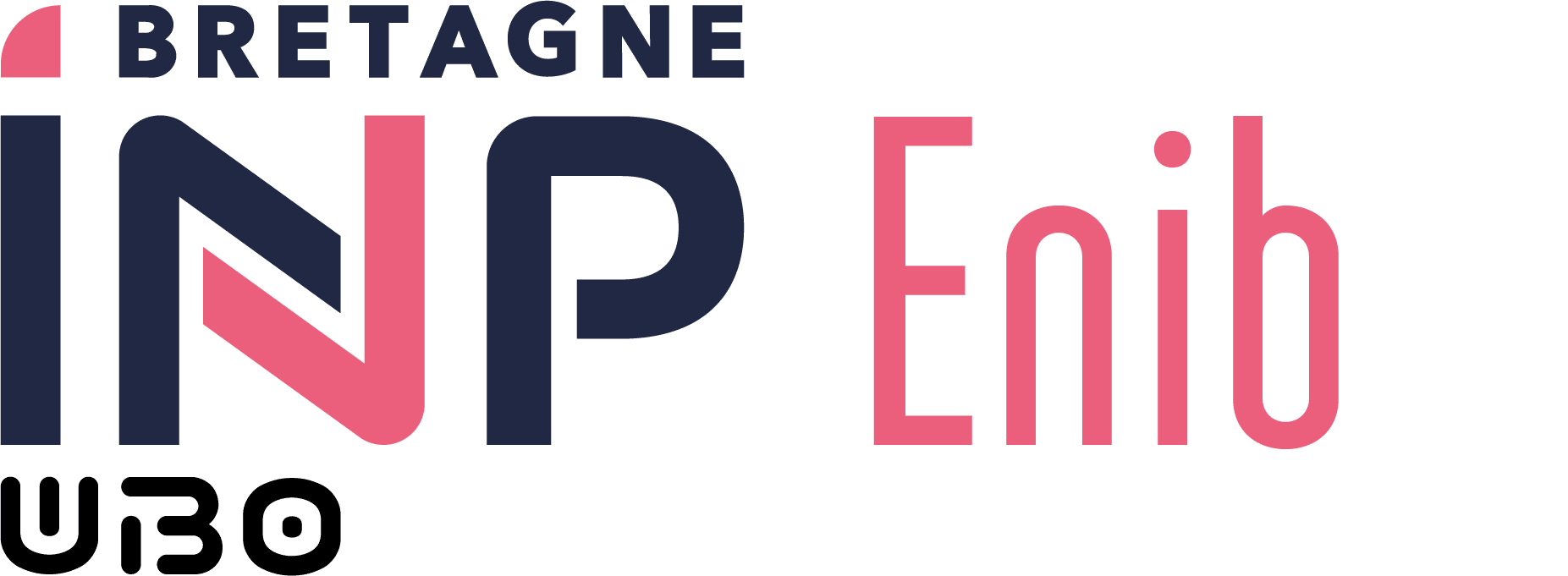Company Period 3: Junior Engineer Mission (09_ENT)
- Coefficient : 6
- Hourly Volume: 350.0h (including 0.0h supervised)
- Out-of-schedule personal work : 350.0h
AATs Lists
Description
Company Period 3 objectives:
- Implementation of knowledge acquired during student training
- Leading, presenting and completing a project to meet a company's request
- Understanding professional life and the business world by integrating into a work team
- Assessing personal resources (qualities, knowledge, skills), potential and sensitive points
- Better understanding elements that will facilitate choices and orientation in first employment
- Finalizing student's professional project
Learning Outcomes (AAv)
Mandatory AAv
AAv_C [heures: , C1, C2, C3, C4]: By the end of S9, students will be able to design a technical system meeting given specifications and environmental and societal challenges. For this, they will be able to define system architecture, design and size functional blocks, define tests to validate solution performance. This design will be documented following company standards and allow work to be continued by another employee.
AAv_F [heures: , F1, F2]: By the end of S9, students will be able to professionally showcase work by adapting to audiences and justifying choices, including in an international context. For this, they will be able to interact with a specialist audience they need to convince and produce various professional and academic documents.
AAv_G3 [heures: , G3]: By the end of S9, students will be able to accurately assess their skills and gaps and take necessary measures to address the latter. They will be able to determine means to implement, choose the most appropriate ones and maintain scientific-technical watch by researching and consulting scientific resources or experienced colleagues.
Optional AAv
AAv_A [heures: 0, A1, A2, A3]: By the end of S9, students will be able to question and translate into technical terms needs expressed by a client to produce specifications that take into account functions to be performed as well as uses, constraints, risks and technical, economic, environmental and societal implications.
AAv_B [heures: 0, B1, B2, B3, B4]: By the end of S9, students will be able to define scientific problems to solve, analyze them, model them and propose one or more robust solutions by adopting a rigorous research approach in a professional context.
AAv_D [heures: 0, D1, D2, D3, D4]: By the end of S9 and from a design, students will be able to implement a solution in the form of a prototype or product and evaluate its performance autonomously and robustly to validate or not its deployment.
AAv_E [heures: 0, E2, E3, E4]: By the end of S9, students will be able to successfully complete a project/mission taking into account the professional framework and using their reflective skills to propose improvements to project implementation (in economic, managerial, cultural, ethical or organizational terms).
AAv_G [heures: 0, G1]: By the end of S9, students will be able to engage in an integral, ethical and responsible professional approach. For this, they will be able to conduct advanced critical and ethical analysis of a technical solution and apply it to their company's social responsibility. They will be able to propose corrective actions taking into account ethical concepts in their decisions/recommendations. They will also be able to accurately assess their skills and gaps and take necessary measures to address the latter.
Assessment Method
- Portfolio
- Oral Presentation
Milestones
- Writing of technical mission content by apprentice (validated by company tutor): end of week 42
- Academic tutor's company visit: week 2, 3, or 4 (to be combined with presentation)
- Oral presentation at company: week 2, 3, or 4.
